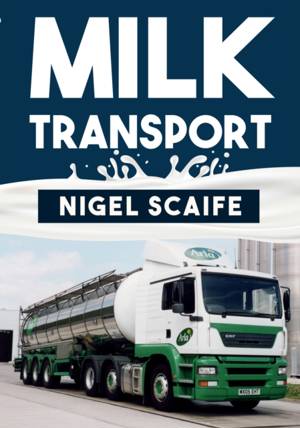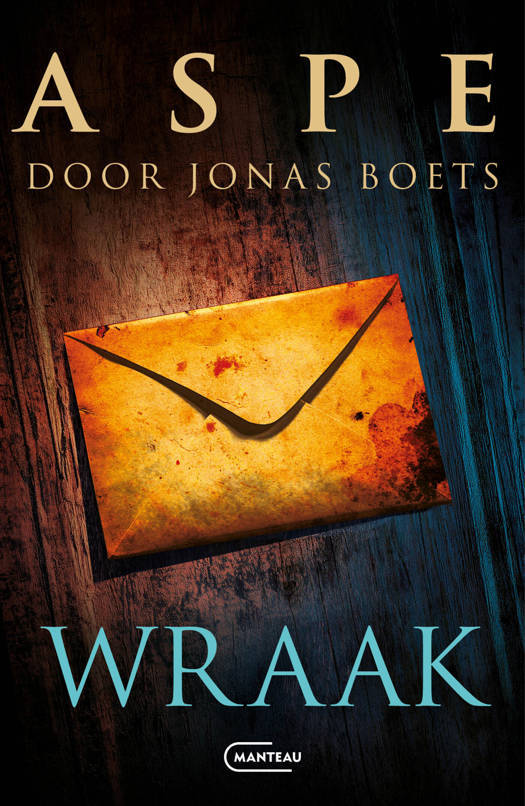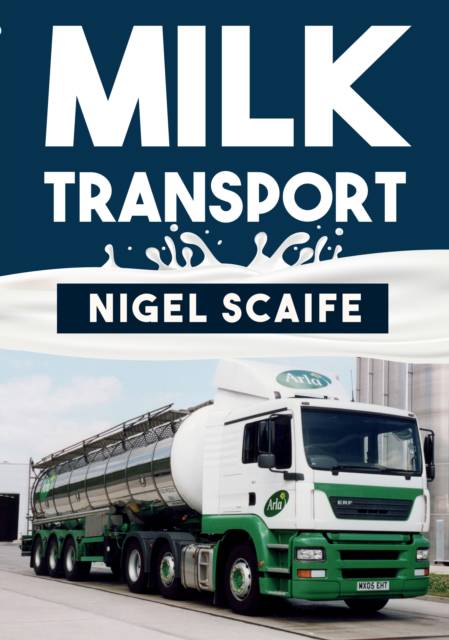
- Afhalen na 1 uur in een winkel met voorraad
- Gratis thuislevering in België vanaf € 30
- Ruim aanbod met 7 miljoen producten
- Afhalen na 1 uur in een winkel met voorraad
- Gratis thuislevering in België vanaf € 30
- Ruim aanbod met 7 miljoen producten
Zoeken
Omschrijving
Distribution of milk started from cow houses in the city, or farms using horses and carts. Later, milk was collected in milk churns, which the farmer left on a milk stand at the farm gate and which were collected by a lorry for delivery to the dairy. Milk also used to be moved on the railways, from sidings to dairies around the country. The Milk Marketing Board (MMB) was formed in 1933 and sold the milk to the dairies on behalf of the farmers. In the early years, the milk industry also saw some big names including Co-Op, Express, Unigate and United Dairies, who all had their own transport. In 1993 the government ordered the abolishment of the MMB to allow free competition in the milk industry. This gave the dairies a chance to have their own transport to move bulk milk. At the same time the company Milk Marque was formed, which had the job of moving all the milk which wasn't supplied directly to the dairy companies. Using 180 rare and previously unpublished images, Nigel Scaife tells the story of transport and milk.
Specificaties
Betrokkenen
- Auteur(s):
- Uitgeverij:
Inhoud
- Aantal bladzijden:
- 96
- Taal:
- Engels
Eigenschappen
- Productcode (EAN):
- 9781445688268
- Verschijningsdatum:
- 15/06/2019
- Uitvoering:
- Paperback
- Formaat:
- Trade paperback (VS)
- Afmetingen:
- 165 mm x 234 mm
- Gewicht:
- 342 g

Alleen bij Standaard Boekhandel
+ 44 punten op je klantenkaart van Standaard Boekhandel
Beoordelingen
We publiceren alleen reviews die voldoen aan de voorwaarden voor reviews. Bekijk onze voorwaarden voor reviews.











